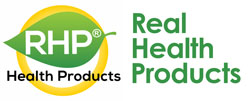Vitamin D is an essential element for a functioning body. But as we spend more time indoors, many are not even meeting the minimum daily requirements. The U.S. National Institute of Health recommends those under 70 years of age get a minimum of 600IU, and those 70 or above get 800IU per day.
Since Vitamin D is not readily found in most foods, it is easy to become deficient if one spends most of the day indoors. By simply changing your routine slightly, or supplementing your diet, this can be easily remedied.
Here are some simple ways to ensure you always get enough vitamin D:
Go Outside
Your body naturally produces enough Vitamin D in between 20 – 60 minutes of direct sunlight, depending on skin tone. Instead of eating inside during meals, opt for the sunny option. Eating at a restaurant? Ask for patio seats in the sun. Cooking at home? Set up a table in the back yard or balcony, or bring your meal to a park. Take some of your relaxation time away from the TV and relax in the sun.
Eat Oily Fish
Fish like salmon, trout, tuna, mackerel, sardines, herring, anchovies and others have oily skin, which is rich in Vitamin D. Cod liver oil is a great source as well; however, its elevated levels of Vitamin A can cause Vitamin A toxicity if taken too frequently. Adding fish to your daily diet can easily help you meet your daily minimum.
Eat Mushrooms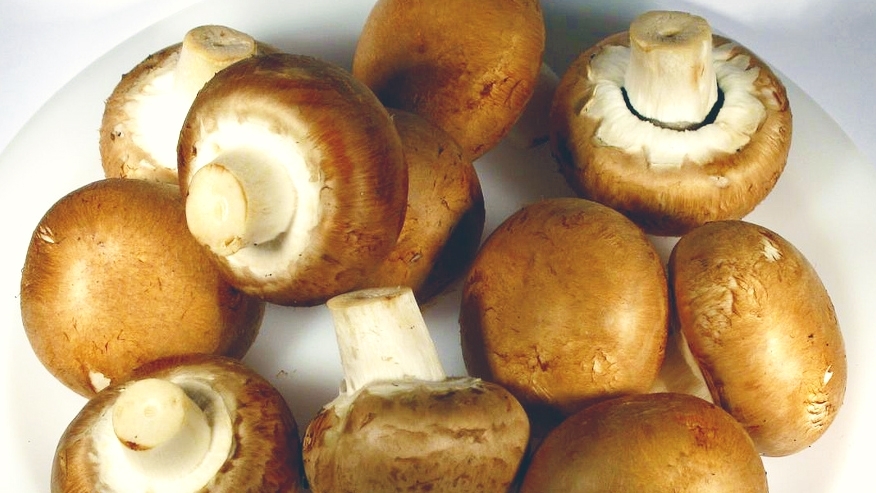
Specific mushrooms, such as portobello, provide a good dose of Vitamin D. Even less common mushrooms, such as maitake, morel and chanterelle can have nominal amounts, depending on UV light exposure. Since most mushrooms are grown in the dark, those exposed to UV light tend to have far greater Vitamin D content. Check the packaging for mushrooms that have been raised with UV light.
Eat Eggs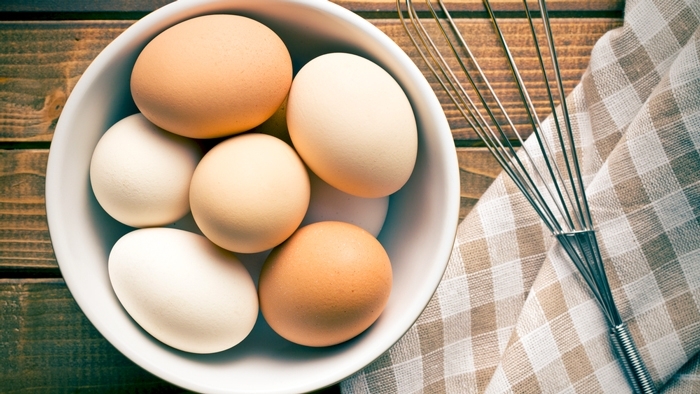
Eating 2 eggs, specifically the egg yolk, can provide up to 20{1484f3e50043c16698cc4bb64e12d251cc621d94ba9a0c7b684292b9db1af8e8} of your daily needs of Vitamin D. While eggs have a (wrongly earned) reputation as being a high-cholesterol food, it is safe to eat without fear of increasing cholesterol and should be included as part of healthy diet.
Eat Fortified Foods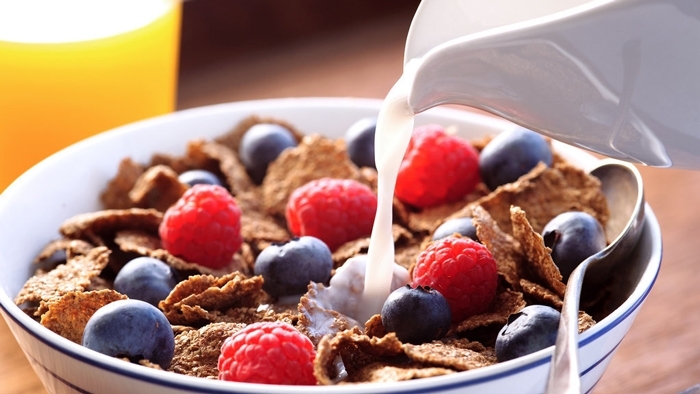
Recognizing the need to provide additional Vitamin D, many foods also come fortified with the vitamin, meaning it is added as part of the manufacturing process. Ensure to read the ingredients to check if there is added Vitamin D, often listed as either D3 (cholecalciferol) or D2 (ergocalciferol). Foods such as milk, breakfast cereals and sometimes butter and orange juice have it added. As most of these are of the less-healthy variety, it should be complementary to the other options above.
Take Supplements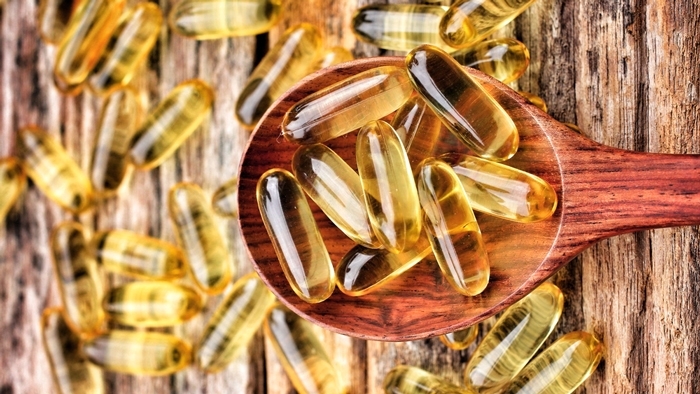
Getting Vitamin D from the sun or diet is preferable, but obtaining it from a dietary supplement works as well. This can help to prevent deficiency when the other options are not possible.
